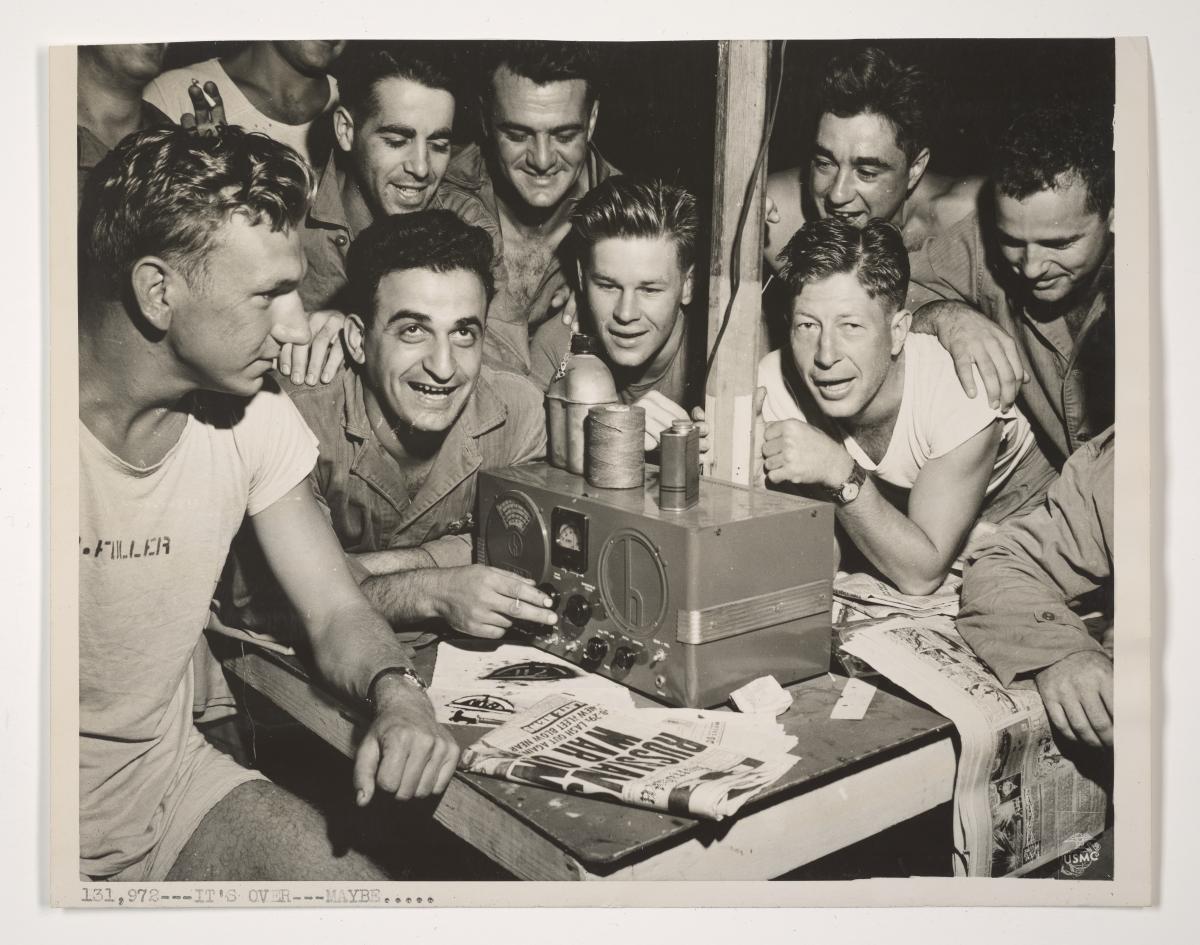
Remembering V-J Day: The Film and Photos That Captured History
By Victoria Macchi | National Archives News
WASHINGTON, August 14, 2020
“I have received this afternoon a message from the Japanese government…”
So began the beginning of the end of World War II 75 years ago, as President Harry Truman told White House reporters on August 14, 1945. The formal signing would occur weeks later, on September 2; however the palpable elation at the end of a bloody war that killed more than 400,000 Americans reverberated in U.S. cities immediately.
As archives technician Jake Miller, of the National Archives Motion Pictures office, writes in The Unwritten Record blog this week
“On August 6th, 1945, an American bomber dropped an atom bomb code-named 'Little Boy'… Three days later on August 9th, 1945, another bomb code-named “Fat Man” was dropped above the city of Nagasaki.... After six days of heated debate among the top officials of the Japanese government, the decision was made to surrender. Across the United States citizens took in the news that the largest war in history had finally ended.”
The National Archives Motion Pictures staff and film preservation lab worked with filmmakers to provide archival footage from August 1945 that is featured in the new documentary Apocalypse '45 .
View an eight-minute newsreel of Japanese officials signing the final surrender documents aboard the battleship USS Missouri in the Tokyo Bay on September 2, 1945, in the National Archives Catalog.
Additional related records are available on the Archives website:
- “Celebration of V-J Day, 08/14/1945”
- “August 14: A Day of Two Anniversaries”
- “Today’s Document: American servicemen and women ... celebrate the unconditional surrender of the Japanese."
- “World War II Photos: Victory & Peace”
- “Logbook Entries Relating to the Surrender of Japan”
- “Instrument of Surrender”
- “Victory! Americans Everywhere Celebrated the End of World War II in 1945”
National Archives Public Affairs Specialist Miriam Kleiman contributed to this report.
